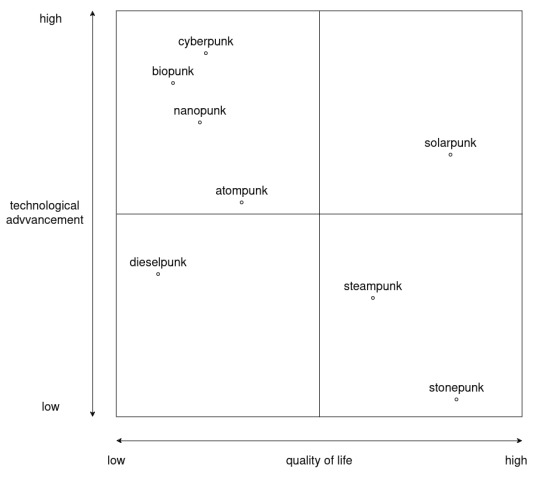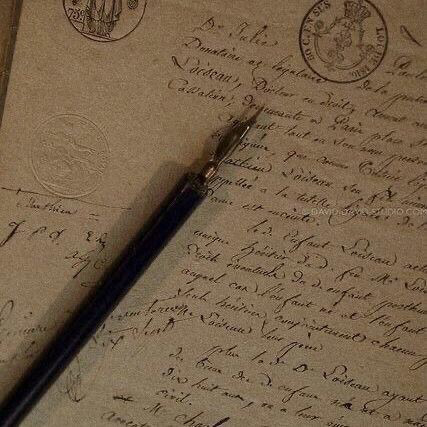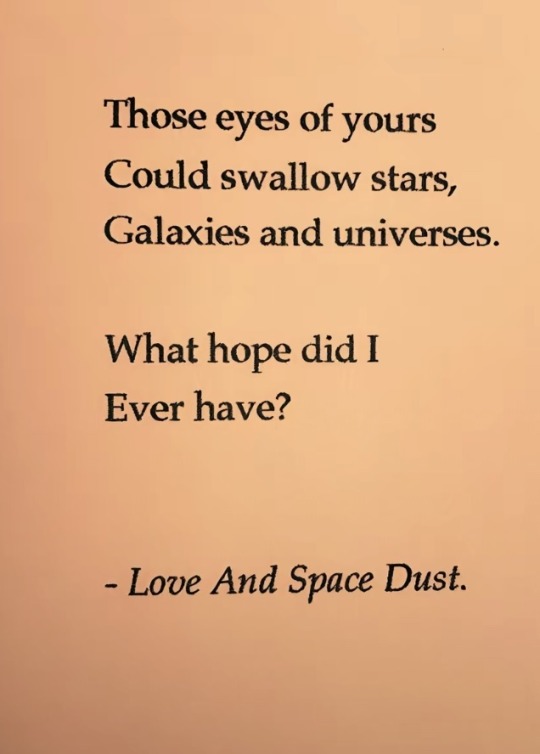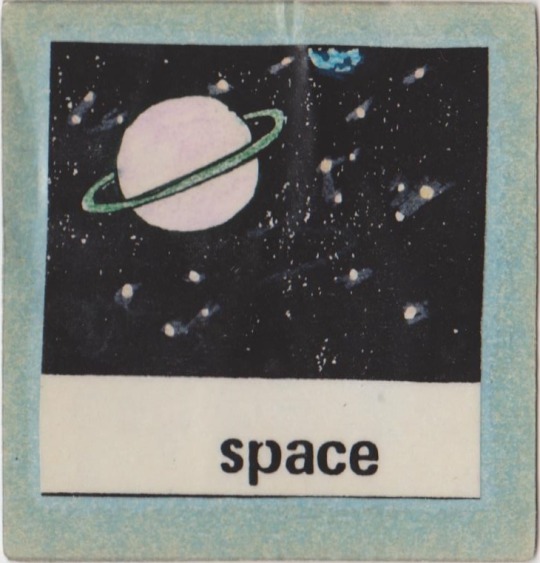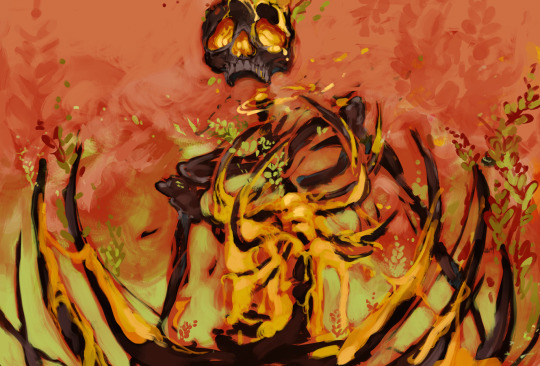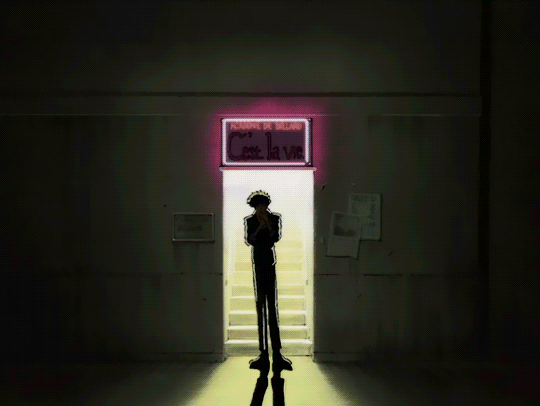Text
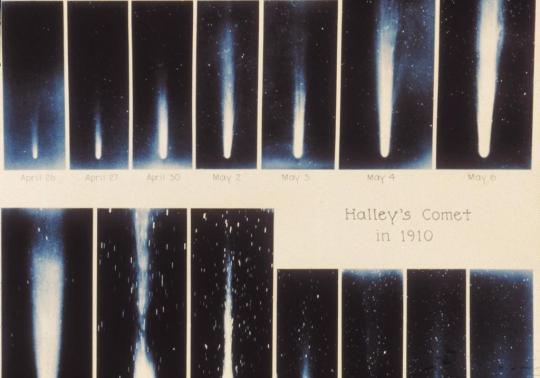
Halley's Comet Tails, 1910
Mount Wilson Observatory
6K notes
·
View notes
Text


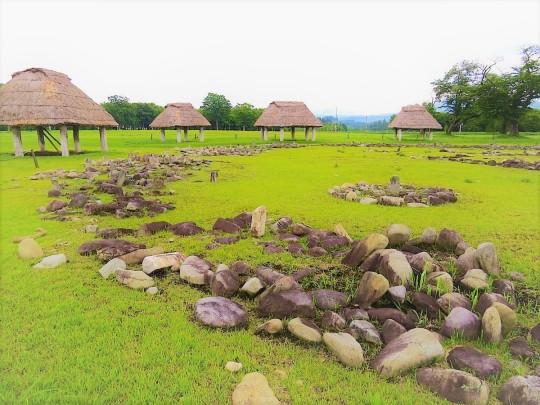


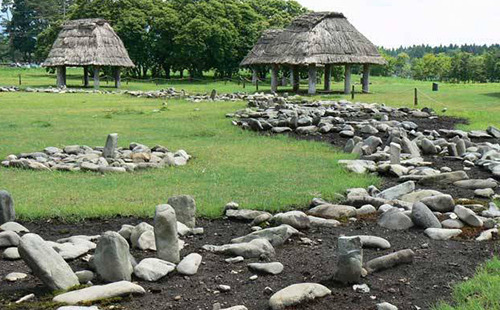
Sean bienvenidos, japonsitasarqueologícos a una nueva entrega en la que hablaremos de un Trending Topic, ya que el país del sol naciente está de moda pues le vamos a sacar beneficios y no es el único tema que están sabiendo explotar, para sacarle el mayor partido.
-
Lo que vengo a referirme, es que las modas son puro negocio, de lo más nocivo que nos podemos llevar a la cara, antes de que Japón estuviera de moda ya había muchos fakes, pero ahora se han duplicado e incluso triplicado. No hay que creerse todo lo que leamos por internet, siempre hay que cuestionarse las cosas, en este caso vamos a sentarnos, en dos monumentos uno localizado en Inglaterra y otro en japón.
-
El primero, se trata de stonehenge: Construido en el cuarto mileno 3100 antes de nuestra era, que cada vez se actualizan sus funciones la última más reciente es que no puede ser usado como un calendario solar.
El segundo, se trata de Isedōtai site, localizado en la prefectura de Akita, en la región de Tōhoku en el noroeste de Japón, construido en el quinto milenio 4000 a.c en el jomon final.
Se usó como calendario solar y posiblemente para los solsticios de verano e invierno.
-
El tema de esta publicación no es hablar de ninguno de los dos en profundidad, sino criticar a los lucidos, que sitúan stonehenge y Isedōtai site en la misma recta cronológica lo cual es una falacia por que hay por lo menos 1100 a 1500 años de diferencia aproximadamente entre ambas construcciones.
-
Ese es el problema del occidentalismo y eurocentrismo sobre todo la manía de colocarlo todo en una recta cronológica las fechas son algo aproximadas al igual que las rectas temporales.
-
Espero que os haya gustado y nos vemos en próximas publicaciones que pasen una buena semana.
Welcome, japonsitasarchaeologists, to a new edition in which we will talk about a Trending Topic, since the country of the rising sun is in fashion, we are going to make the most of it and it is not the only topic that they are knowing how to exploit, to make the most of it.
-
What I am referring to is that fashions are pure business, the most harmful thing we can take to our faces. Before Japan was in fashion there were already many fakes, but now they have doubled and even tripled. We should not believe everything we read on the internet, we should always question things, in this case we are going to sit on two monuments, one located in England and the other in Japan.
-
The first one is stonehenge: Built in the fourth millennium 3100 B.C., its functions are updated every time, the latest one is that it cannot be used as a solar calendar.
The second is the Isedōtai site, located in Akita prefecture, in the Tōhoku region of northwestern Japan, built in the fifth millennium 4000 BC in the final jomon.
It was used as a solar calendar and possibly for the summer and winter solstices.
-
The subject of this publication is not to discuss either in depth, but to criticise the lucid, who place stonehenge and Isedōtai site in the same chronological line which is a fallacy because there is at least 1100 to 1500 years difference approximately between the two constructions.
-
That is the problem of westernism and eurocentrism, especially the mania of placing everything on a chronological line, the dates are somewhat approximate, as are the time lines.
-
I hope you liked it and see you in future publications. Have a nice week.
旭日旗が流行しているので、それを最大限に利用するつもりだ。そして、彼らがそれを最大限に利用する方法を知っているのは、この話題だけではない。
私が言いたいのは、ファッションは純粋なビジネスであり、最も有害なものであるということだ。 日本が流行する前からすでに多くの偽物があったが、今では倍増し、3倍にもなっている。インターネット上の情報を鵜呑みにするのではなく、常に物事を疑ってみる必要がある。
ひとつはストーンヘンジで、紀元前3100年の第四千年紀に建てられた。
もうひとつは、東北地方の秋田県にある伊勢堂岱遺跡で、紀元前4000年、縄文末期の第5千年紀に作られた。
太陽暦として使われ、おそらく夏至と冬至にも使われた。
本書の主題は、どちらか一方を深く論じることではなく、ストーンヘンジと伊勢堂岱遺跡を同じ年代線上に置く明晰な人々を批判することである。
それが西洋主義とヨーロッパ中心主義の問題点であり、特にあらゆるものを年代順に並べようとするマニアの問題点である。
お気に召していただけたなら幸いである。 それではまた。
8 notes
·
View notes
Photo
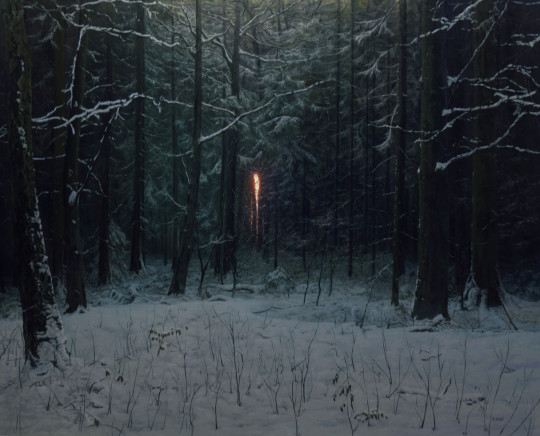
Michael Handt
Last Light in the Forest, 2019
Oil on canvas
1K notes
·
View notes
Photo
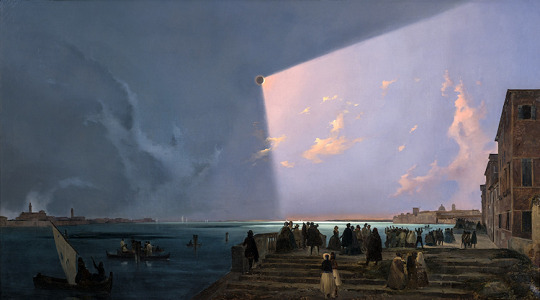

Eclipse of the Sun in Venice in July 8, 1842 by Ippolito Caffi.
147K notes
·
View notes
Text
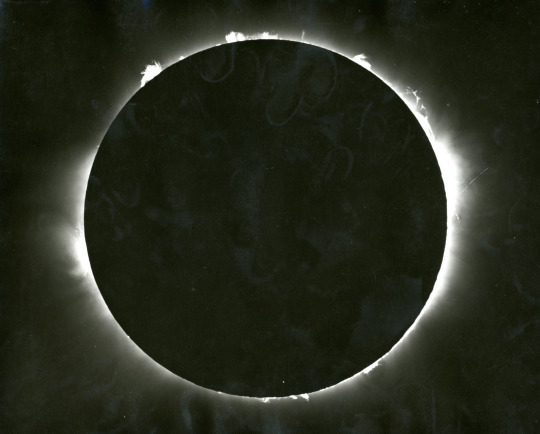
The solar eclipse of June 29, 1927. Photo by H. von Kluber in the Lapland region of Finland.
(Cambridge University)
5K notes
·
View notes







